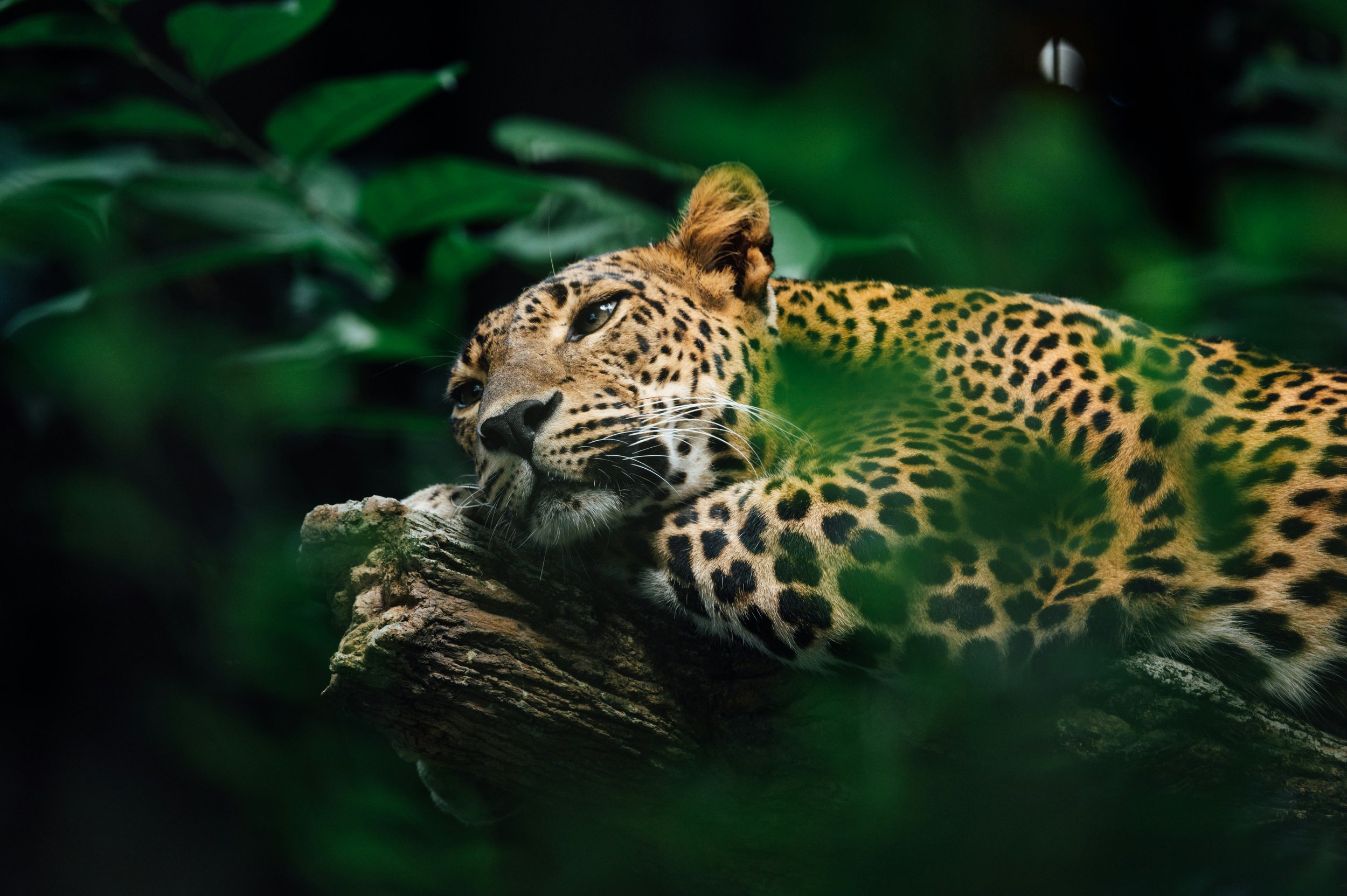Capturing animals in poetry: a teacher’s guide
I was commissioned to write this piece by the National Association for the Teaching of English for their longstanding illumiNATE series.
It’s an engaging account of a teaching and learning sequence that draws together reading, talking about poetry and creative writing.
